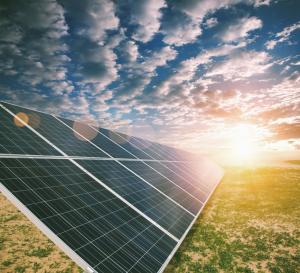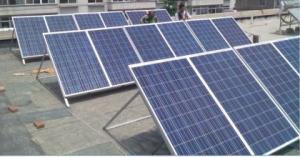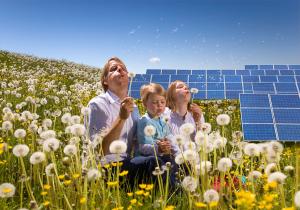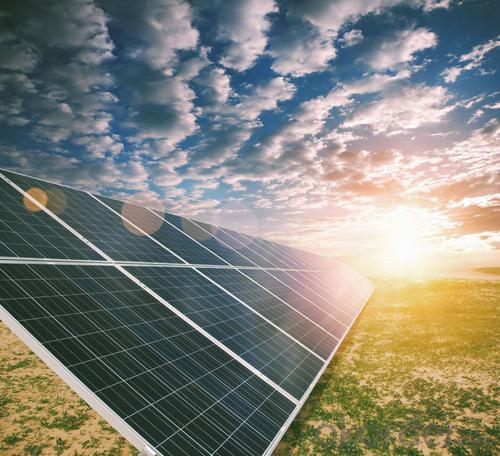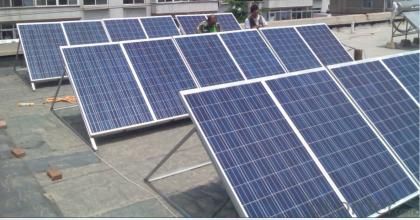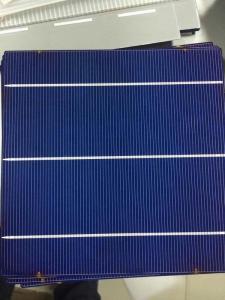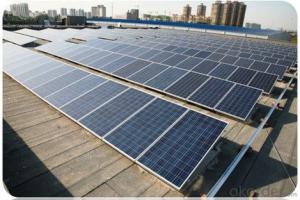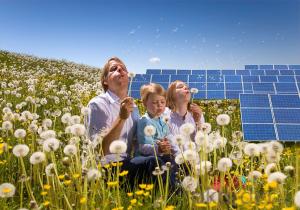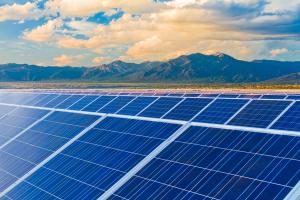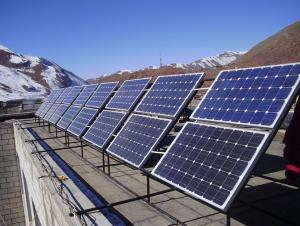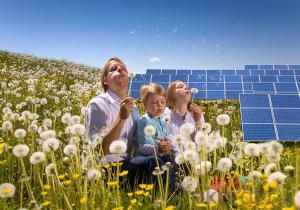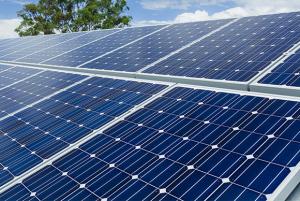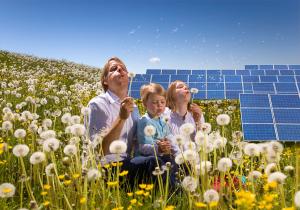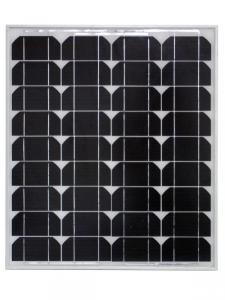CNBM Solar Poly-Crystalline Solar PV Panel 300W - Solar Panels Springfield IL
- Loading Port:
- China main port
- Payment Terms:
- TT or LC
- Min Order Qty:
- 100000 watt
- Supply Capability:
- 10000000 watt/month
OKorder Service Pledge
OKorder Financial Service
You Might Also Like
About us
CNBM International Corp, established in 2004, is the business entity for trade and logistic of CNBM Group.With the advantages in Cement, Composite Materials, New Building Materials and Engineering, CNBM mainly concentrate on coal, steel and construction equipments and give priority to solar and wind energy development.CNBM International is highly recognized by its business partners and clients all over the world and has established good business relationship with the customers in over 120 countries and regions all over the world.
Mono-crystalline solar module is the core part of solar power systems, as well as the most important part of the solar system. Mono-crystalline solar module consists of high efficiency crystalline silicon solar cell, super white cloth grain toughened glass, EVA, transparent TPT backboard and the composition of aluminum alloy frame. The function of Mono-crystalline solar module is to convert solar energy into electric energy, or sent to the storage battery, or promote work load. The quality of the solar energy battery components and cost will directly decide the quality and cost of the whole system.
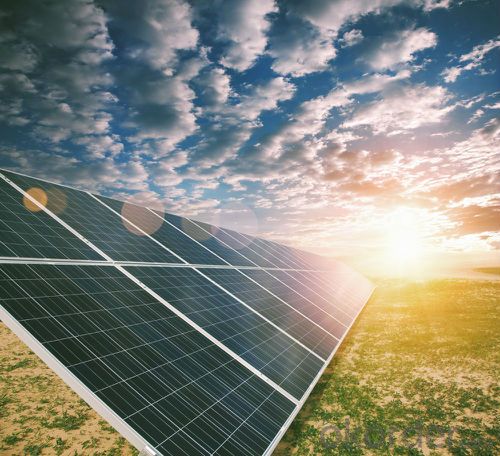
Standard Test Conditions of Polycrystalline Silicon Solar Panel
The opto-electrical specifications shown below are stabilized values being measured at Standard Test Conditions of multicrystalline silicon Solar Panel, Irradiance: 1000W/m2, Spectrum: AM1.5 at 25°C, The info below is subject to manufacturing tolerances. Where appropriate minutes of measurement are available and are used for the dimensioning of the installation.
Advantages of Polycrystalline Silicon Solar Panel
A&M Solar performance guarantees for 25 years
12 years guarantee for workmanship for multicrystalline silicon Solar Panel
Timeliness of delivery
Quality Products certified (TÜV, UL, CE, VDE, ISO)
FAQ:
Q1: Why buy Materials & Equipment from OKorder.com?
A: All products offered byOKorder.com are carefully selected from China's most reliable manufacturing enterprises. Through its ISO certifications, OKorder.com adheres to the highest standards and a commitment to supply chain safety and customer satisfaction.
Q2: How do we guarantee the quality of our products?
A: We have established an advanced quality management system which conducts strict quality tests at every step, from raw materials to the final product. At the same time, we provide extensive follow-up service assurances as required.
Q3: How long can we receive the product after purchase?
A: Within three days of placing an order, we will begin production. The specific shipping date is dependent upon international and government factors, but is typically 7 to 10 workdays.
- Q: Didnt solar panels use to cost around $250,000 5 years ago?
- For just 5 years ago, certainly not! Perhaps you are thinking of 50 years ago, the kind that was put on the early communication satellites? 5 years ago, there was a glut of polysilicon, so modules were actually a little cheaper than today. Solar cell makers were basically using the scraps thrown away by chipmakers. But today, more silicon goes into making solar cells than computer chips, so that bonanza is gone. We will see prices going lower this year, possibly 20% from last year, because of improvements in technology, but also an increase in polysilicon supply, and a slowdown in demand due to worldwide recession. Later this year is a good time to buy panels, if you have the cash. The industry site below tracks module prices. They used to have more data, but I guess the old data rolls off the screen with time. If you want to see the details, they'll charge you for the report.
- Q: Lower solar panel/wind turbine prices allow wider applications, hence a great help to a greener mother earth!
- “the living feed the dead” -- may have actually lucked into the answer. The government does assist the petroleum industry and it funded the research that gave us nuclear power. If alternative energy is going to work, it may require intervention by the government in terms of access to land (imminent domain) and to the transmission grid. Alternative energy companies are stuck because of their own paranoia (of industrial espionage) and because they are being gouged by land owners. A single wind turbine on your land can net you $70,000 a year (plus a 0% increase per year for inflation), forever. Then there is the cost of the corridor to access the grid. Solar companies are trying to purchase land like drunken sailors – and landowners in areas where solar can be most effective (e.g., the American Southwest) are hip to what is going own. So when acquisition agents call to purchase land, owners are demanding outrageous prices (say $5,000/acre for land that is worth about $00/acre, otherwise). Then there is the fact that nobody (rich or poor) wants one in their backyard, not to mention the various PAVE (People Against Virtually Everything) groups who protest stuff just because they can. ===== A Modest Proposal -- <<0% inflation rate is an extremely high You are, of course, right. Nevertheless, that is what some Wind Energy companies are offering land owners as part of the lease agreement for placing turbines on their land. I agree it's outrageous, but I'm an environmental consultant for several Wind companies and I know what they are offering. As a side note. They were initally so lame (and this is related to their general paranoia) that they cut deals to place the turbines before they secured corridor access to substations. When they subsequently approached the land owners (the same ones with the turbines on their land) about the corridor, they were held hostage for outrageous money - as in millions of dollars - because by then the land owners had them over a barrel.
- Q: Hi! I bought a Coleman 2 vdc cooler that pulls 9 amps. What size solar panel and amp-hour battery do I need? I only open it 3 times a day. It will hold about 3 gals of milk.
- If it pulls 9 amps continuously, that's 08 watts/hour or about 2.5 kwh/day. If it only pulls half that (does it cycle?) it's about .2 kwh/day. You only want to drain a lead-acid battery 50% or so, so you'll want a 5 or 2.5 kwh battery pack. A typical setup for the 5 kwh would be two L-6 batteries in series, and for the 2.5 kwh you could use 2 T-05 batteries in series. This does not account for days of cloud. If you regularly have cloudy days, size the battery pack for two or three days of use with no input (2-3 x the sizes given above). To charge them, you typically want panels that will charge your battery at least 5% of its capacity per hour (C/20). For 2 volt nominal panels that's 0 amps for the T-05 or 20 amps for the L-6 batteries. It's good to have more than that for battery life (it cuts down on what's called stratification), so you'll want probably 50-200 watts of panels for the T-05 and 300-400 for the L-6. You'll also need a charge controller. Peltier coolers are very inefficient. You'll save money by using a regular mini-fridge and an inverter. Most mini-fridges only draw 50 watts or so, so you're talking 600 watt-hours for a 50% duty cycle. This means two T-05 batteries will give you two days of use and you'll only need 20-50 watts of panel. DK
- Q: Can solar panels be installed on churches or religious institutions?
- Yes, solar panels can be installed on churches or religious institutions. In fact, many religious institutions are embracing renewable energy and installing solar panels on their roofs as a way to reduce their carbon footprint and contribute to a more sustainable future. Installing solar panels on churches not only helps them save money on energy bills but also sets an example for their congregations and communities by promoting clean and renewable energy sources.
- Q: I am interested in solar energy, but am not sure how eficiant it would be in the northwest? Any comments would be apriciated.
- This okorder
- Q: Me and my wife just saw an ad on TV about going solar and saw the money we can save every month... any here have solar panels? How much do you save every month on energy bill? Is it true that your energy meter will spin backwards? lol
- We just recently had Pursol Solar Systems install some solar panels for our house. We got ours with no money down, found them online, and they happen to be in the same city where we live. Cool thing about switching to renewable energy is that you get tax break... government will actually pay for your solar panels! Also, YES ITS TRUE! You're meter will spin backwards because energy that's being produced that your not using, goes back to your energy provider (like selling it to them during peak hours)....
- Q: Can solar panels be installed on senior living facilities?
- Yes, solar panels can be installed on senior living facilities. Installing solar panels on senior living facilities can help reduce energy costs, promote sustainability, and provide clean and renewable energy for the facility. It can be a beneficial and cost-effective solution for senior living facilities to meet their energy needs while also contributing to a greener environment.
- Q: How much energy can a solar panel generate?
- The amount of energy a solar panel can generate depends on various factors such as its size, efficiency, location, and weather conditions. On average, a standard solar panel can generate between 250 to 400 watts of electricity per hour under ideal conditions. However, it's important to note that energy production may vary throughout the day and across different seasons.
- Q: If you buy everything you need for a grid-tied solar set up, can you install it yourself or is it required that a professional installs it?
- For safety purposes and liability, I do suggest that you should hire a professional solar panel installer. The solar panels has a lot of engineered like work, So better hire someone who has a fully aware for this work.
- Q: Me and my friend have made our own functional solar panels for considerably less than retail prices and we are thinking about selling them. Are there any legal issues regarding this? Would I need any special licenses or anything? Would using brand name components or parts in the panels make any difference legally? I want to know before I just go out and start doing it. Thanks!
- Would those be heating panels, or electric panels? If the latter, you would not have any safety certifications (I assume), so the panels would be illegal to use for a serious, grid-tied system. You would need to make this clear to your customers, that they could only connect to stand-alone systems. If this is in the US, there is always some finite danger of lawsuits if your product is defective. If the water heater leaks or blows up on someone's roof, you might have to go to court to defend yourselves. Even if you disclaim all warranties, in some states, if you sell something as a water heater then it has to heat water reasonably, and also not be hazardous. In other words, fit for its purpose. Check your local laws.
Send your message to us
CNBM Solar Poly-Crystalline Solar PV Panel 300W - Solar Panels Springfield IL
- Loading Port:
- China main port
- Payment Terms:
- TT or LC
- Min Order Qty:
- 100000 watt
- Supply Capability:
- 10000000 watt/month
OKorder Service Pledge
OKorder Financial Service
Similar products
Hot products
Hot Searches
Related keywords
